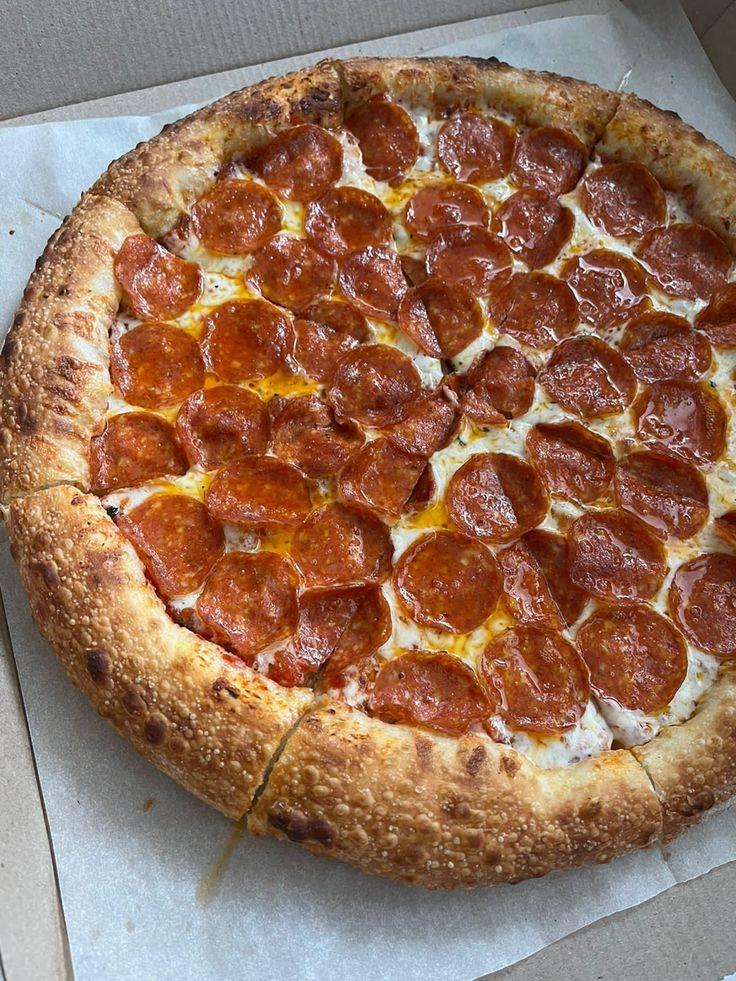At Brick & Basil Pizzeria, we’re convinced that great pizza begins with great dough. After more than thirty years refining our method, we’re happy to share a few insights. While our exact formula remains a house tradition, these core principles will help you craft pizzeria-level dough at home.
Flour Makes the Difference
Top-tier flour is the base of excellent dough. We suggest using “00” flour—a finely milled Italian flour with medium protein (about 12%). It delivers the ideal balance of structure and tenderness. If “00” isn’t available, bread flour works as a substitute, though the texture will vary slightly.
Water Heat and Hydration
Water temperature influences both fermentation speed and dough development. For a slow rise with deeper flavor, use cold water near 45°F (7°C). For a faster rise, opt for lukewarm water around 85°F (29°C). Aim for 60–70% hydration (water-to-flour ratio) for most home ovens.
Less Yeast, More Time
Big flavor comes from minimal yeast and extended fermentation. We use just 0.2% fresh yeast relative to flour weight for doughs that rest 24–48 hours. This slower approach builds complexity and yields dough that’s gentler on digestion.
Salt: Beyond Taste
Salt doesn’t only season—it strengthens gluten and moderates fermentation. Use fine sea salt at 2.5–3% of flour weight. Add it after the flour and water begin to come together so it doesn’t directly contact the yeast.
Mastering Fermentation
After mixing, let the dough bulk ferment at room temperature for 2 hours, then portion into individual balls. Place them in lidded containers and refrigerate for 24–72 hours. During this cold phase, enzymes convert starches to sugars, building flavor and promoting the lovely browning on the crust.
Gentle Handling
When you’re ready to bake, take the dough from the fridge 1–2 hours beforehand to warm slightly. Handle it delicately to preserve the gas bubbles. Use your fingertips to press and stretch rather than a rolling pin, which compresses those valuable air pockets.
The Finishing Factor: High Heat
Our wood-fired ovens reach about 850°F (454°C), while most home ovens top out near 550°F (288°C). To bridge the gap, preheat a pizza stone or steel for at least an hour. The intense bottom heat creates a crisp surface and an open, airy crumb.
Becoming skilled with pizza dough is an ongoing journey. Every batch reveals something new. Take notes, tweak variables, and find what suits your kitchen best.
If you’d like to watch our dough process up close, join one of our monthly pizza classes where Chef Renzo showcases these methods step by step. Check our events calendar for upcoming sessions!

